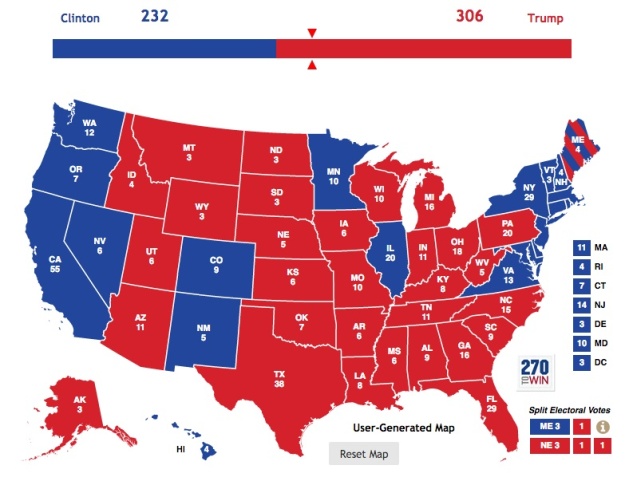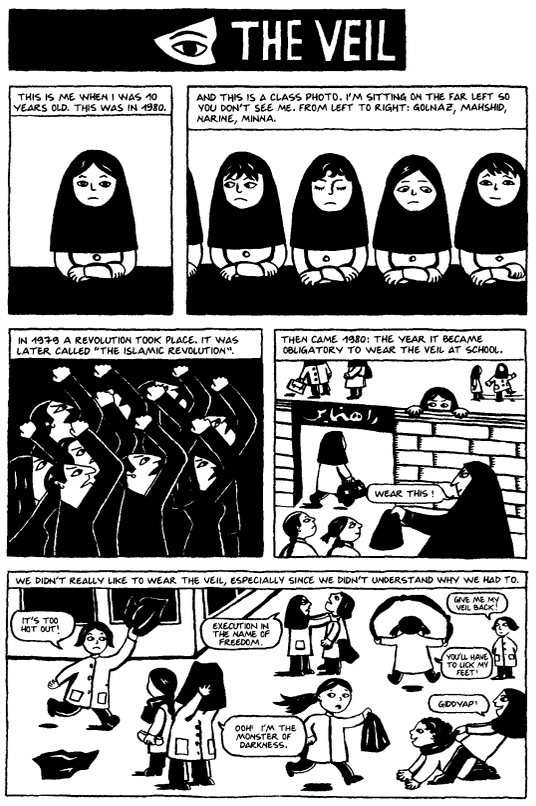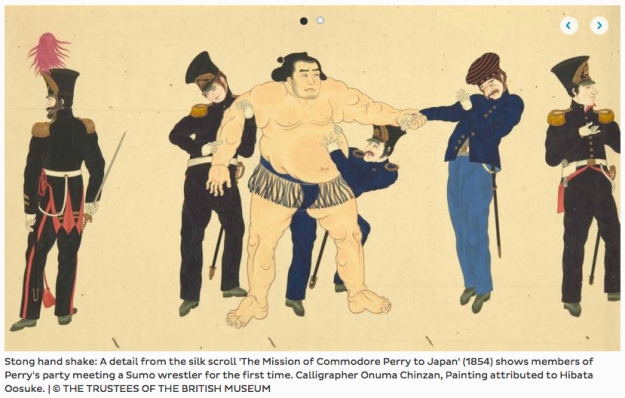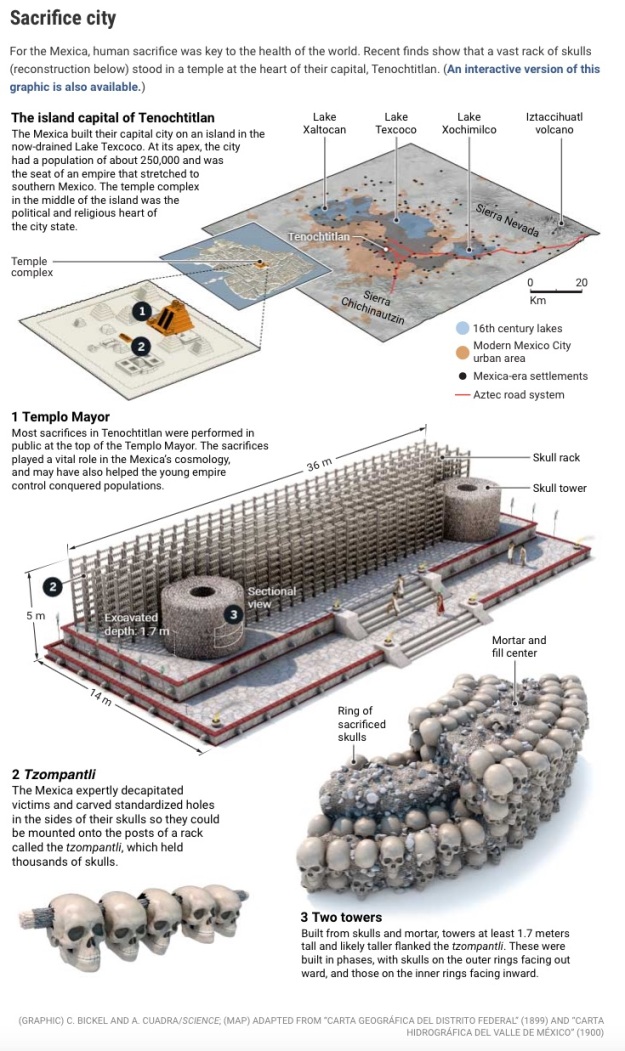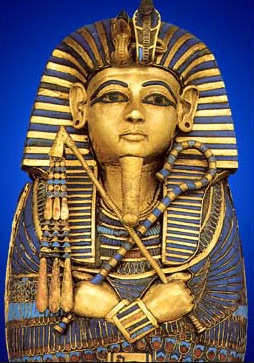I posted a version of the piece below in 2016, just after Donald Trump was elected, trying to get some historical perspective on this wildly unexpected event. My prediction that “the future seems more likely to witness an Age of Discord and racialized politics than a stable new political alignment” was sadly on target.
Consistent with the argument I made about globalization and its discontents, here’s a recent article, The trade origins of economic nationalism: import competition and voting behavior in Western Europe, which finds that
a stronger import shock leads to (1) an increase in support for nationalist and isolationist parties, (2) an increase in support for radical‐right parties, and (3) a general shift to the right in the electorate.
One topic I didn’t consider in the post is immigration. This was not a big issue in back in the days of the New Deal: earlier immigration restrictions had taken it off the table, making it easier for Roosevelt to put together a commanding cross-ethnic coalition. But nowadays, the ethnic anxieties and animosities evoked by immigration are a major – maybe the major – factor behind the rise of the populist right in the West.
Scholars have often failed to anticipate the enduring importance of ethnicity and ethnocentrism in politics. An exception is Walker Connor. In trying to account for the emotional hold of ethnicity (even under Communist regimes supposedly dedicated to the proposition that the workers have no country), he wrote:
With but very few exceptions, authorities have shied from describing the nation as a kinship group and have usually explicitly denied any kinship basis to it. These denials are customarily supported by data showing that most nations do in fact contain several genetic strains. But . . . it is not what is but what people perceive as is which influences attitudes and behavior. And a subconscious belief in the group’s separate origin and evolution is an important ingredient of national psychology. In ignoring or denying the sense of kinship that infuses the nation, scholars have been blind to that which has been thoroughly apparent to nationalist leaders. In sharpest contrast with most academic analysts of nationalism, those who have successfully mobilized nations have understood that at the core of ethnopsychology is the sense of shared blood, and they have not hesitated to appeal to it.
Eric Kaufmann’s recent Whiteshift: Populism, Immigration, and the Future of White Majoritiesmakes the case that a sense of shared ancestry and white identity is an important – albeit taboo – motive behind the rise of populist, nationalist parties.
As for the possible evolutionary deep history of ethnicity and ethnocentrism, and its relationship to kinship and nepotism, here’s a blog post and an article by me.
And below is my original post on globalism and its discontents:
According to some paleontologists, evolution proceeds by fits and starts. Long periods of stasis, without much change, are punctuated by pulses of rapid evolution accompanying speciation. Human history too often proceeds by fits and starts. In 2016 several electoral upsets occurred – the British vote to leave the European Union, the U.S election of Donald Trump to the Presidency – that suggest that a long period of consensus about politics is due to be punctuated.
From Old Deal to New Deal
It’s interesting to compare-and-contrast the current situation in the United States with an earlier episode of stasis and punctuation in American history. Between the 1870s and the 1920s, there was an effective détente between Republicans and Democrats, with each party getting their way on the issues that mattered most to them. The Republicans were the party of Big Business, and Big Business for most of this time was a supporter of protectionism and high tariffs, meant to insulate domestic industry from foreign, especially European, competition. In the industrializing Northeast, much of the middle and working class was on board with this program, welcoming protection from low-wage labor abroad (although in big cities, Democrats and even Socialists had a base of support from recent immigrants). The Democrats, meanwhile, were above all the party of Race, specifically in the white South, which was effectively under single-party rule, dedicated to keeping African Americans (and low class whites) disenfranchised. The agricultural South and West would have preferred more a more open trade policy, and the industrial Northeast had some misgivings about segregationist excesses, but the two sides managed to keep the peace with one another.

With the onset of the Great Depression, being the party of Big Business stopped working for the Republicans. A very different political alignment came into being with the New Deal. Intellectually too there were major shifts, especially in thinking about race, so that the cultural world of, say, 1950, seems miles away from the world of 1900.

From “The World is Flat” to a Fractured World
From the 1970s until 2016, a different bargain held between Republicans and Democrats. Curiously, this bargain was a kind of inverted version of the earlier détente between the parties. The Republicans were still the party of Big Business, but with the United States having matured into an industrial superpower, this translated into support for reducing barriers to international trade. And the Democrats were again the party of Race, but now non-whites were a crucial part of the Democratic coalition, making up for (and contributing to) the party’s weak showing among whites. In particular, Democrats dominated the African American vote as effectively as they had once dominated the white Southern vote. Intellectually, this bargain translated into an ideological fusion of economic internationalism (what left wing critics would call neo-liberalism) and multiculturalism. Geographically, the pattern of support for the two parties was almost exactly the opposite of what it had been a century earlier.
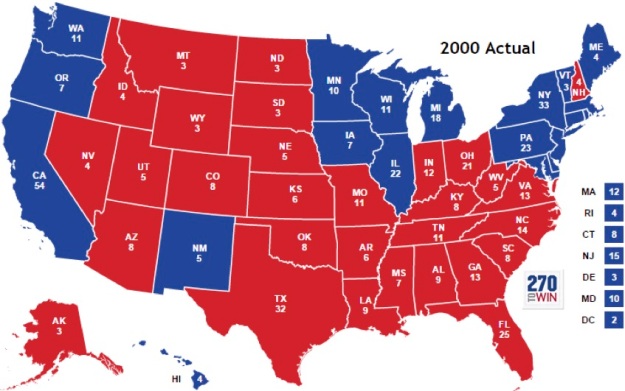
Under the surface, there were signs that the Republican embrace of Big Business and free trade and the Democratic embrace of multiculturalism and identity politics left a lot of voters dissatisfied. But it took a very unusual political campaign to bring this discontent to the surface. Like Roosevelt, Trump won with the support of Northeastern voters who would previously have supported the other party’s candidate (or stayed home). But analogies with the past go only so far. Trump’s margin of victory was far narrower than Roosevelt’s. The future seems more likely to witness an Age of Discord and racialized politics than a stable new political alignment.
